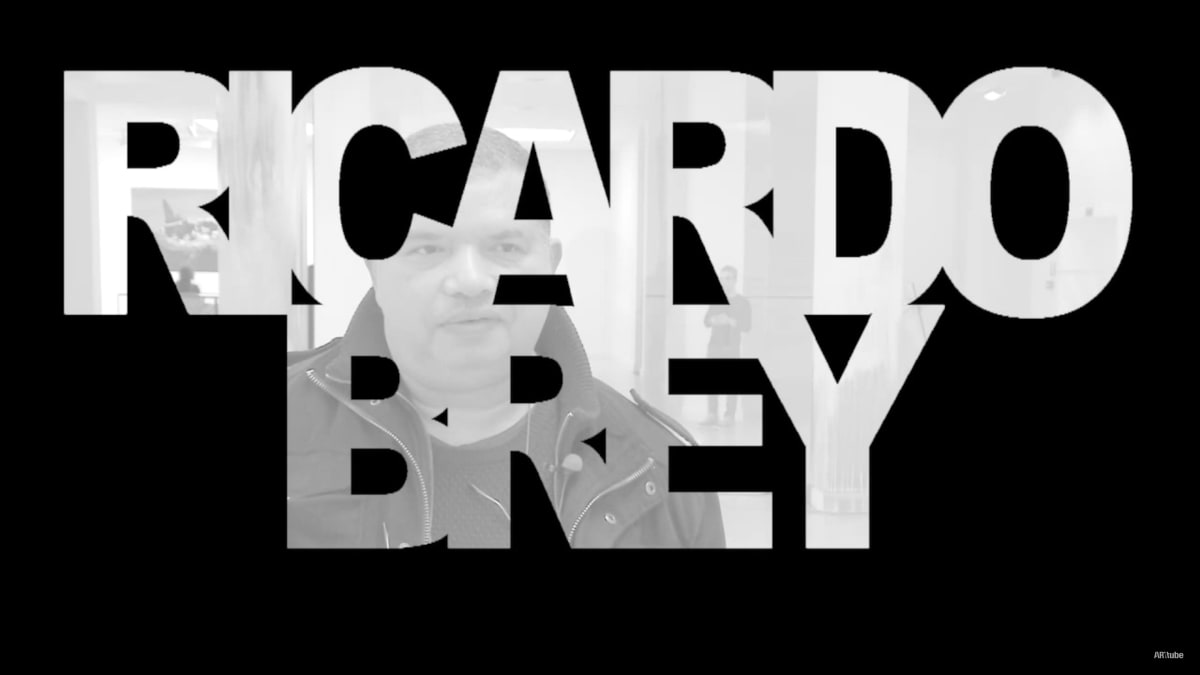Ricardo Brey: Fuel to the Fire
Museum van Hedendaagse Kunst Antwerpen (M HKA)
“My style is thinking. I think, and while this keeps on working (touching his head) and academe doesn’t petrify it, I will be an artist, just as I am dreaming to be in this exact moment. This is what allows a liquid, plasmatic state in my working method… and for me to react organically to the prevailing moods.”
Ricardo Brey
The exhibition Fuel to the fire forms a bridge between the two figures Ricardo Brey unites within himself: on the one hand the historical artist at a crucial time in the history of Cuban art, and on the other the artist who lives and works in Flanders, and makes work that is highly contemporary, critical to the consumption of images and the slickness in which they now tend to dress themselves. Brey has always refused to be catalogued according to his first identity, and has continued to develop his work as a long-term project, geared to the future and in search of universal value.
The survey exhibition at M HKA is a next step after his presentation in the Museo Nacional de Bellas Artes de La Habana in 2014, with which Brey did not only return to Cuba, but also to the Americas from which he had shied away for two decades, engaging instead rather for the European tradition of art, for the history of philosophy and religions – including gnostic and Iranian Sufi thinking – and becoming a Flemish artist, living close to the Ghent altarpiece of the brothers Van Eyck.
Fuel to the fire presents, for the first time ever, a comprehensive and large-scale picture of this oeuvre most people know only from scattered pieces, mainly from gallery exhibitions. The sheer scale of the exhibition, and the scope and grandeur of the oeuvre comes as a surprise even to most of the people who have valued Ricardo Brey as an artist for a long time. Quite some of the works have not been presented publicly since their first moment, sometimes nearly three decades ago.
The earliest works in the exhibition are the installation The structure of myths, and 74 pages of Papeles de Verrazano (Verrazano’s papers), both from 1985, who are both presented for the first time again since 1986. The exhibition also includes the seminal Untitled, Documenta IX, Kassel (1992) which is restored for the exhibition. Further there are the 21 Showcases with three dimensional drawings on paper rolls coming from a mechanical piano that were shown in 1997 in the Salzburg Kunstverein. They are now in the collection of the Flemish Community, but were never presented publicly. They are surrounding the sculpture Birdland from 2001. The exhibition also shows two large series of more recent works, not only content wise fascinating but also formally innovative. There is a series of 21 of Brey’s boxes, which may unfold into a multitude of books, drawings, sculptural and performative proposals. Four of these were part of the exhibition in Havana, one is from the famous Sanders collection in The Netherlands, the others are realized for the exhibition. Last but not least there are also some ten of the large photo-based works which Ricardo has recently been making, combining the intensity of the image with its negation through the intensity of objects. Of those, part were produced for and even in Cuba, others come to complete this cycle now in Europe.
The 1004 drawings in 99 showcases of Universe (2002-2006), and the solar system of Every Life is a Fire (2010-2012), are presented in locations outside of the museum, respectively the banquet of the 19th century Athenaeum close to the Central Station, and the high altar of the Saint-Paulus church which houses the most important ensemble of baroque sculpture in the country.
An eponymous 200 page catalogue is published by MER. Paper Kunsthalle as part of the project, with essays by Bart De Baere (on mysticism as a background and the choice for art in relation to that), Jimmie Durham (on the narrative Brey emerges from), John C. Welchman (on the work of Brey as a sphere of ideas), Jesse McKee (on the work as an ontology of the object), Thomas Miessgang (on the work in its relation to music) and an interview with Ricardo Brey by Sandra Sosa Fernández.
Curator: Bart De Baere



